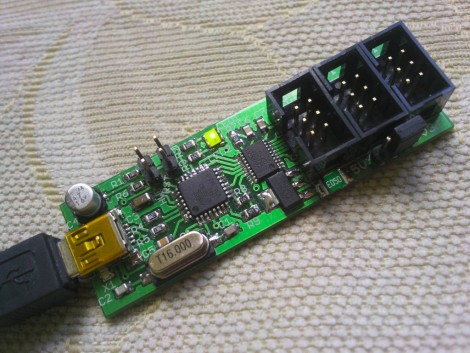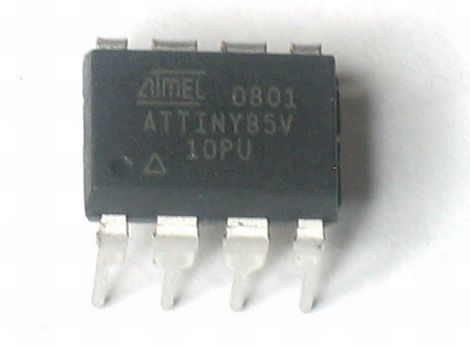
Feeling a bit left out because he didn’t have a PICAXE on hand, [Rob Miles] decided to port the Luna Mod code so that it would work on an AVR chip. He chose to build his around an ATtiny45, but also mentions that this is Arduino compatible.
This case layout is a bit different from the original Make version, but we like this look just a bit better. It might not satisfy your need for that hipster looking enclosure, but the repurposed macadamia nut box looks seems it was built for this purpose. Take a look as the video after the break to see the final product and hear it spewing newly composed cacophony. [Rob] is sharing the sketch as a dropbox file but we’ve also included our own hosted link after the break in case is stops working.
Continue reading “Noise Generator Ported To Run On Small AVR, Also Arduino Compatible”
















